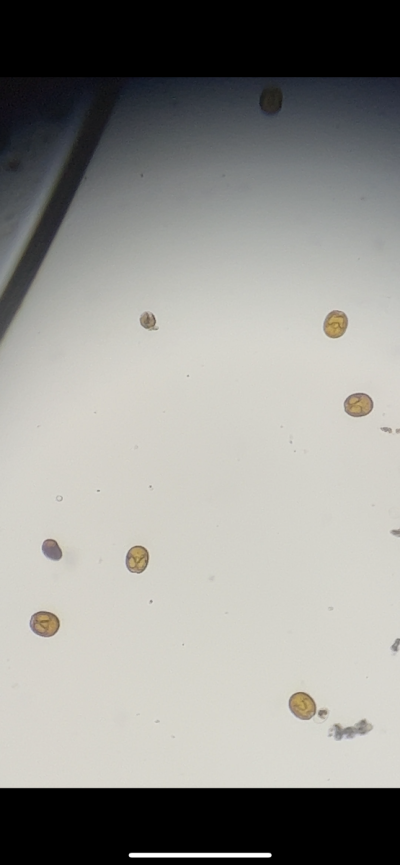I think the nutrient swings, even if remaining elevated can bring them about.So interestingly, I've been dealing with high nitrates and phosphate for months (~50ppm nitrate, 0.1+ phos) and have been carbon dosing to address it. Last night phos was 0.08 and nitrate was 25.1, so I started ramping down the vinegar today. I have a filter roller and no filter sock. I can do lights off (they definitely disappear when the light is off) but I had understood amphidium goes into the sand at night rather than into the water column?
Now I've written this I realise you could be responding to @MarkSC not me...
Yeah, they will go into the sand. Have you been dosing any sodium silicate, aka waterglass or SpongExcel? I have an area that recently came on strong and my nutrients haven't been anywhere near low, but I have been carbon dosing as well. I have switched the carbon dosing back to night and am dosing a 40% sodium silicate solution and seeing good improvements.



















